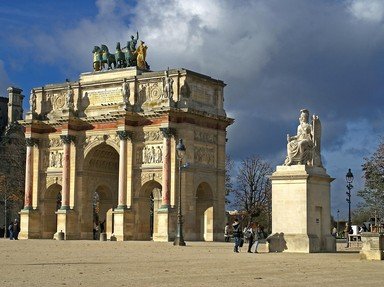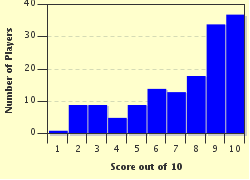Quiz Answer Key and Fun Facts
1. The French army fought against two coalition armies: a British and a Prussian one. Each of these three armies had roughly between 50,000 and 75,000 troops. Who commanded the British troops?
2. The Prussian army was commanded by Count Gebhard von Blücher. What was remarkable about Blücher leading the Prussian army at Waterloo?
3. German historians often name the Battle of Waterloo after Napoleon's headquarters for this battle, a suggestion made by Count von Blücher immediately after the end of the battle. Where did Napoleon have his headquarters?
4. Napoleon decided to start the hostilities with a diversion against a fortified farm. In which hamlet was this farm situated?
5. The British heavy cavalry charged soon after noon against the French infantry. Although outnumbered about 10 to 1, they routed the French infantry. Who commanded this cavalry charge?
6. While the British were evacuating casualties through the centre, the French cavalry thought they were retreating. Which French marshal ordered a cavalry charge on the British centre of the battlefield?
7. The right flank of the French army defended the village of Plancenoit. These French troops were attacked by Prussian divisions. Who led the Prussians in the attack on Plancenoit?
8. What is the name of the fortification where the King's German Legion could resist French attacks until they ran out of ammunition?
9. One of the best known monuments reminding us of the Battle of Waterloo, is the Butte de Lion. An artificial hill was erected, topped with a statue of a reclining lion. Whose injury is commemorated at this site?
10. In 1912 a panoramic painting of the Battle of Waterloo was inaugurated in one of the museums at Waterloo. Who painted this dramatic rendering of the Battle?
Source: Author
JanIQ
This quiz was reviewed by FunTrivia editor
bloomsby before going online.
Any errors found in FunTrivia content are routinely corrected through our feedback system.

